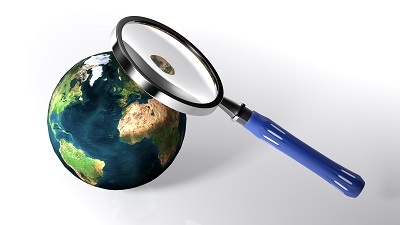The future landscape of the aviation industry post COVID-19 will undoubtedly be influenced by the notion of a green recovery. As the aviation industry redefines itself, EASA aims to play a key role in shaping its future. EASA anticipates that aviation will be better future proofed and more sustainable, set on a clear path for decarbonisation, once it emerges from this crisis and its aftermath.
EASA’s Sustainable Aviation Programme 
Sustainable aviation has been always a priority for us at EASA. Through our certification and standardisation activities we aim to reach the same level of success in sustainability as we have for safety. The recently initiated EASA Sustainable Aviation Programme streamlines all these activities so as to provide industry and stakeholders with the guidance and instruments needed to meet the challenges.
EASA’s Sustainable Aviation Programme sets as its key priorities:
- support and foster new greener technologies through environmental certification and standards
- facilitate decarbonisation of the aviation system through various incentivisation initiatives.
- promote operational efficiency gains in areas such as maintenance, training and air traffic management with a proven positive impact on aviation’s environmental performance.
EASA focuses its environmental activities on several domains ranging from facilitating the uptake of Sustainable Aviation Fuels (SAF) to fostering future proof aviation technological solutions through innovative certification projects.
Areas of work with noticeable impact to the European citizens
Incentivising the use of Sustainable Aviation Fuels (SAF)
Along with technology improvements, Sustainable Aviation Fuels (SAF) are acknowledged as having the potential to make an important contribution to mitigating the current and expected future environmental impacts of aviation.
EASA is actively supporting the uptake of SAF through various initiatives and in coordination with the European Commission, such as the ReFuelEU Aviation.
Electric-Hybrid and hydrogen powered Aviation
As with other transport sectors, aviation is moving towards sustainable energy sources, albeit with greater challenges in terms of implementation. This ranges from the smaller end of the market (e.g. drones, urban air mobility) to larger aircraft (e.g. hybrid technology). In June 2019, EASA and CAA Norway signed an Innovation Partnership Agreement to accelerate work on electrifying aviation. Norway, with an expansive regional air transport network, is seen as a suitable testing ground for investments in electric aviation. At the same time EASA is closely following technological developments concerning the use of hydrogen in aviation. Along with industry, EASA is assessing the potential as well as any technical considerations and safety risks involved in these implementations.
An environmental label for aviation
Clear and comprehensive information with regards to the environmental impact on aviation is currently missing. Even though there is a lot of information available, figures can vary significantly creating confusion and sometimes mistrust. In line with the European Commission’s 'Sustainable and Smart Mobility Strategy' EASA is working together with the industry, member states and other stakeholders in developing an environmental labelling system for aviation. Such an initiative has the primary target of bringing transparency and incentivising smarter and more sustainable options for air travel.
European Aviation Environmental Report (EAER) 
The European Aviation Environmental Report (EAER) provides an independent, objective and accurate overview of the environmental performance of the aviation sector. As well as historic and forecasted environmental trends, it communicates on the comprehensive measures in place within Europe to mitigate the impact of aviation on the environment. Based on the findings of the report, recommendations are also provided with the aim of improving the level of environmental protection and thereby supporting strategic decision-making. EASA publishes the EAER every 3 years, with the next one due in mid 2022.
- Take a look at EASA Pro for more details on the EAER 2019.

